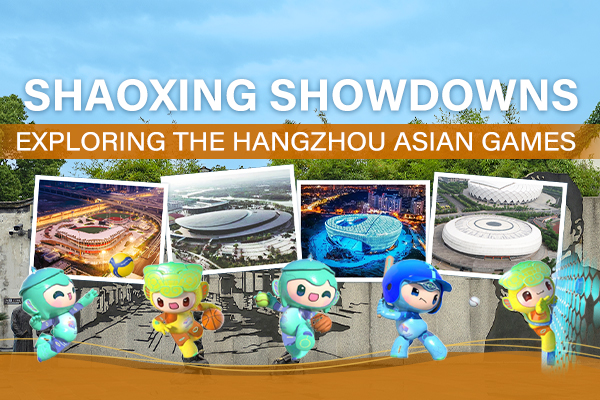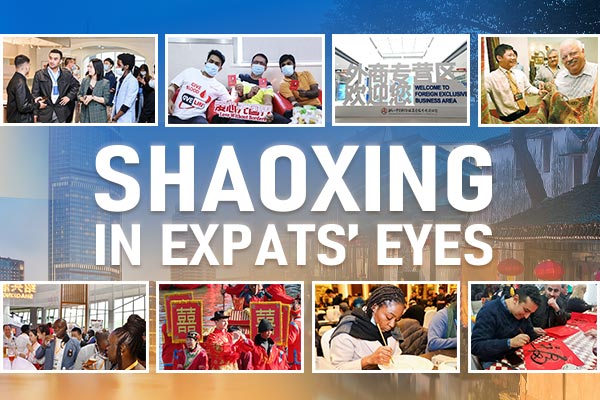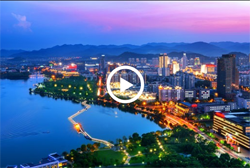6 things you may not know about Summer Solstice

Summer Solstice. [Photo/chinadaily.com.cn]
The traditional Chinese solar calendar divides the year into 24 solar terms. Summer Solstice (Chinese: 夏至), the 10th solar term of the year, begins on June 21 this year and ends on July 6.
At this time, much of the northern hemisphere receives the most hours of daylight, but it does not bring the hottest temperatures which will come only 20 to 30 days later.
In China, the 24 solar terms were created thousands of years ago to guide agricultural production. But the solar term culture is still useful today to guide people's lives through eating special foods, performing cultural ceremonies and even healthy living tips that correspond with each solar term.
The following are 6 things you might not know about Summer Solstice.

The longest day of the year
On the Summer Solstice itself, daylight lasts the longest for the whole year in the northern hemisphere. After this day, daylight hours get shorter and shorter and temperatures become higher in the northern hemisphere.
How long is the longest day in China? According to the expert Yan Jiarong, the entire day in Mohe in Heilongjiang province, located in the northernmost tip of China, lasts nearly 17 hours when you include dawn, twilight and its afterglow. Summer Solstice is the best season for viewing the aurora in Mohe, "the sleepless town of China".

A public holiday in ancient times
Summer Solstice was an important festival in ancient China. As early as the Han Dynasty (260BC-220), when the Mid-autumn Festival and the Double Ninth Festival were not as important as they are today, the Summer Solstice was already celebrated.
Before the Qing Dynasty (1644-1911), people even had a one-day holiday on Summer Solstice. According to Song Dynasty (960-1279) records, officials could have three days off during the Summer Solstice.
To celebrate Summer Solstice, women gave colored fans and sachets to each other. Fans could help them cool down and the sachets could drive away mosquitoes and make them smell sweet.

Seeing the sun turn around
Hani autonomous county of Mojiang, Southwest China's Yunnan province is located on the northern tropic. Every year on the Summer Solstice, the sun sits directly over the Tropic of Cancer and returns from north to south. Then, the amazing phenomenon known as "upright pole with no shadows" occurs.
The Hani people revere the sun and have always had a close bond with it. They welcome the turn-around of the sun and offer sacrifices to it.

Eating noodles
There is a saying in Shandong province which goes, "eat dumplings on the Winter Solstice and eat noodles on Summer Solstice." People in different areas of Shandong province eat chilled noodles on this day. Other people around China, including those in Beijing, also have a tradition of eating noodles.

Dragon boat racing in Zhejiang
Due to the local climate, Dragon boat races have been held on the Summer Solstice day in Shaoxing, Zhejiang province rather than on Dragon Boat Festival since the Ming (1368-1644) and Qing (1644-1911) dynasties. This tradition is still in practice today, with all the attendant excitement.

Summer Solstice idiom
In Chinese, an idiom "杯弓蛇影" is related to Summer Solstice.
According to the records of Fengsutong (a book about Chinese customs), written by Ying Shao from the Eastern Han Dynasty (AD25-220), a man named Du Xuan attended a banquet on Summer Solstice, where he mistook the shadow of a bow in his cup for a snake and he had to drink it out of fear.
After the banquet, he felt chest pains and a bellyache and couldn't recover even after seeing many doctors. Finally, he found he had mistaken the shadow of a red crossbow on the wall for a snake in his cup and recovered. Later, people used this idiom to refer to people who are suspicious and frighten themselves.


 Shaoxing Showdowns
Shaoxing Showdowns Zhejiang: A Decade of Progress
Zhejiang: A Decade of Progress Shaoxing in expats' eyes
Shaoxing in expats' eyes